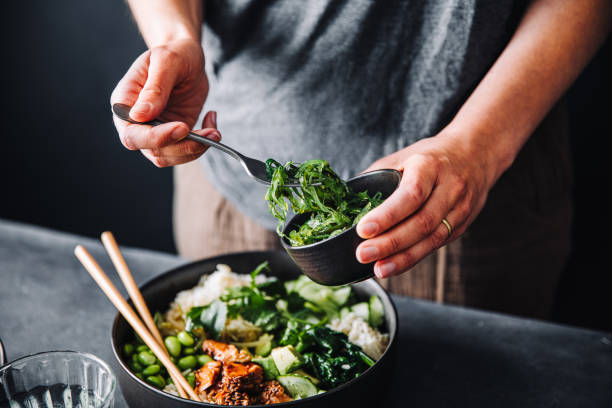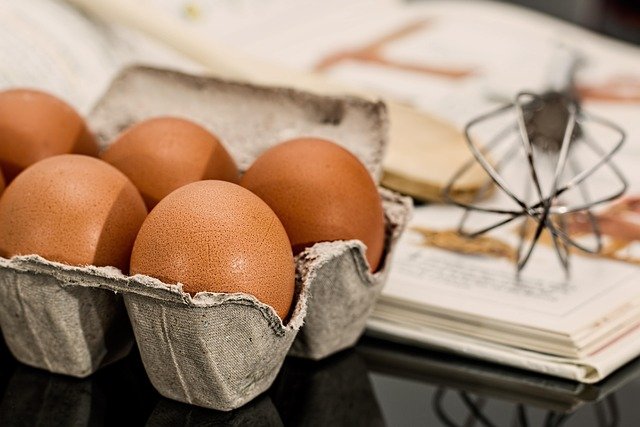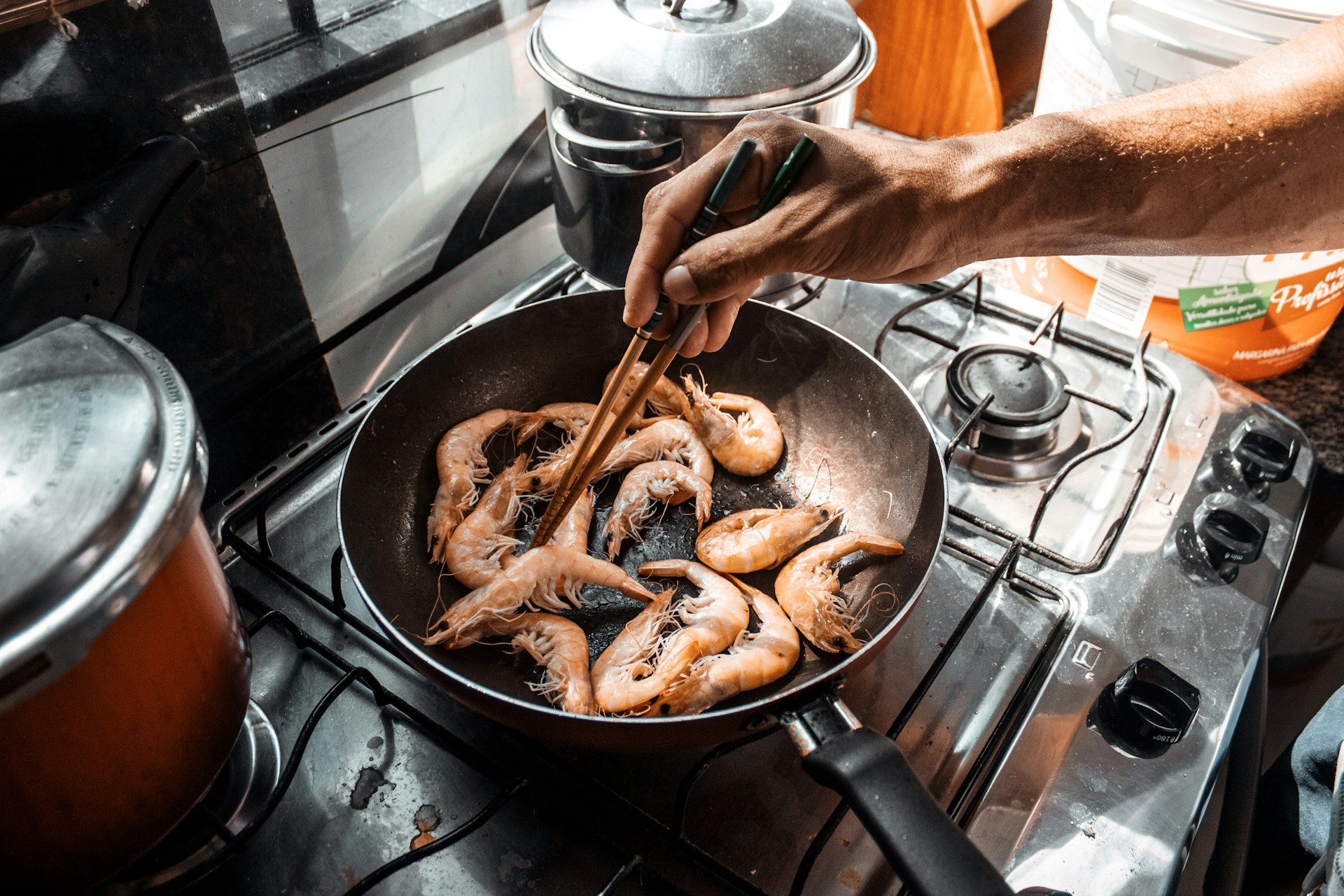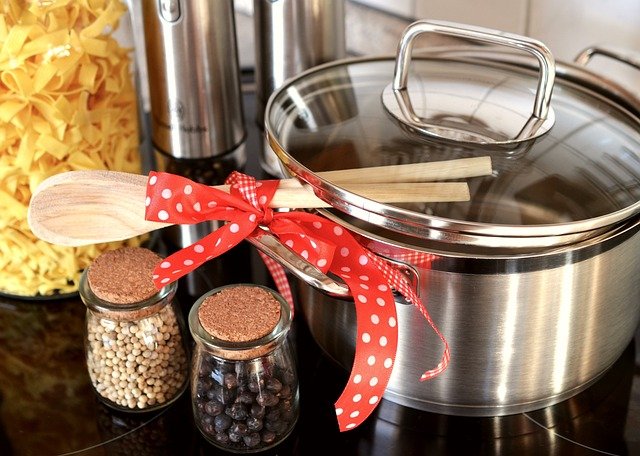Practical Guide to Lunch Boxes for Everyday Meals
A lunch box is more than a container for food; it's a practical tool that shapes what and how you eat away from home. Whether packing for work, school, or travel, choosing the right lunch box affects portion control, freshness, and the ease of preparing meals. This guide explains types, packing tips, safety, and how a bento box can change your routine.

What is a lunch box?
A lunch box is a portable container designed to hold a meal and snacks during the day. Materials range from insulated fabric and plastic to stainless steel. Good lunch boxes aim to balance thermal performance, durability, and ease of cleaning. Consider size and compartments when selecting one: larger units suit full meals while compact designs work for light food or single-course lunches. Look for leak-resistant seals if you plan to carry soups, sauces, or dressings.
How to pack food safely?
Packing food safely reduces the risk of spoilage and foodborne illness. Use ice packs or insulated lunch boxes to keep perishables below 40°F (4°C) when refrigeration is unavailable. Store cooked and raw items separately, and use airtight containers to prevent cross-contamination. For hot meals, preheat an insulated container with hot water, then empty and fill with a hot meal to help maintain temperature. Labeling with a date can also help track how long food has been stored.
Choosing the right container
Selecting the right container depends on your routine and the foods you carry. Rigid plastic is lightweight and inexpensive; glass is inert and microwave-safe but heavier; stainless steel is durable and often insulated. Look for BPA-free plastics and food-grade materials. Consider compartmentalized containers if you want separation between items without extra packing. Also evaluate closure systems—snap lids, silicone gaskets, and locking clips all affect leak resistance and maintenance.
How to plan a balanced meal?
A balanced meal in a lunch box should include protein, vegetables or fruit, whole grains, and a small portion of healthy fats. Examples: grilled chicken with quinoa and roasted vegetables, a yogurt parfait with fruit and nuts, or a whole-grain wrap with hummus and salad. Portion control can be easier with divided containers or a bento box layout. Rotate ingredients across the week to maintain variety and ensure you’re getting a range of nutrients.
What is a bento box and how to use it?
A bento box is a compartmentalized lunch container originating from Japan, designed to hold a balanced meal with separate sections for rice, protein, and sides. Modern bento-style boxes come in various sizes and materials, often with leakproof compartments that make combining wet and dry foods easier. Use silicone cups or dividers to manage sauces and combine textures. Bento boxes are helpful for portion control and creating visually appealing meals that encourage balanced eating.
Practical tips for lunch box care
Regular cleaning and maintenance extend the life of your lunch box and keep food safe. Wash containers and lids after each use with warm soapy water; check whether components are dishwasher-safe. Replace silicone seals when cracked, and air out fabric lunch bags to prevent odors and mold. Inspect for stains, scratches, or lingering smells—these may harbor bacteria. For insulated boxes, occasionally wipe interiors with a vinegar solution to deodorize and sanitize, then rinse thoroughly.
A thoughtfully chosen and well-maintained lunch box makes packing and enjoying meals away from home easier, healthier, and more convenient. Focus on safe food handling, appropriate portioning, and a container that fits your daily needs to get the most value and utility from your lunch routine.




